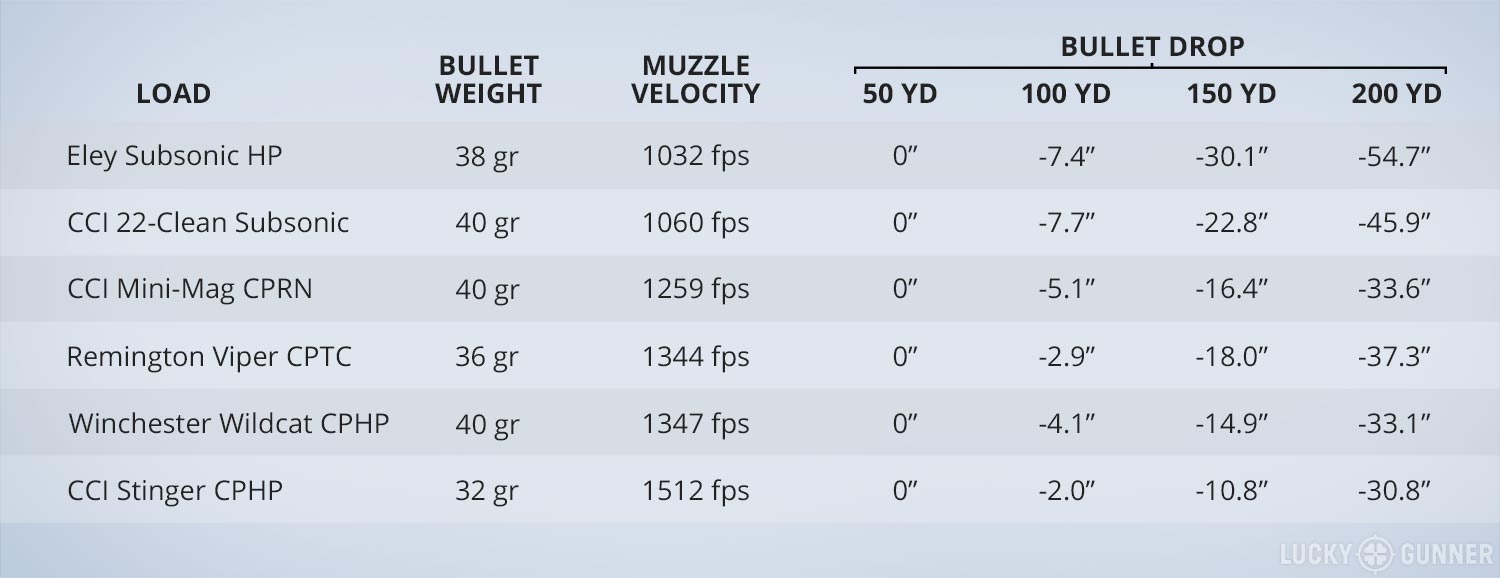

This bullet was given the acronym "7.62 PS" (76.2 ПС). The use of low-carbon (mild) steel was guided mostly by the desire to reuse some industrial equipment that was manufacturing the 7.62×25mm Tokarev cartridge rather than by bullet fragmentation considerations. In order to preserve the total length of the cartridge, the case sleeve was shortened to 38.7 mm (and by rounding it is customarily referred to as 7.62×39.) Additionally, the new bullet had a core made of lead wrapped in low-carbon steel. The maximum radius was now attained at some 15.95 mm from the tip and the overall length of the bullet increased to 26.8 mm. In order to maintain the overall mass of the bullet, after adding the boat tail, the ogival head section of the bullet was lengthened as well, making the bullet more streamlined overall. However, further testing showed that the boat tail improved accuracy even at shorter ranges, where the bullet was still supersonic. Initially, the boat tail had been omitted because the Soviet designers had assumed (incorrectly) that it would only make a difference at long ranges, when the bullet became subsonic, and the accuracy of the intermediate cartridge at these ranges was considered inconsequential. Īfter more detailed testing results became available, starting in 1947 the cartridge was tweaked by the Ulyanovsk Machine Building Plant to improve its accuracy and penetration.

#22 SUBSONIC TRAJECTORY CHART SERIES#
After some further refinements, a pilot production series of this cartridge began in March 1944. This bullet has a somewhat stubbier appearance than later 7.62×39 bullets, with its maximal radius being attained after only 13.01 mm from its tip, and it was lacking a boat tail. The bullet it contained was 22.8 mm long and had a core made entirely of lead. This cartridge actually had a case length of 41 mm, so it is sometimes referred to as the 7.62×41. Ī first variant of the new cartridge was officially adopted for service after completing range trials in December 1943 it was given the GRAU index 57-N-231. Most of the development work on the new cartridge took place at OKB-44, which was soon thereafter renamed as NII-44, and which in 1949 was merged with NII-61, itself merged with TsNIITochMash ("Central Scientific-Research Institute for Precision Machine Engineering") in 1966. About 314 cartridge designs were considered theoretically, before narrowing the selection down to eight models that were physically constructed and tested. Elizarov collaborated closely with some leading weapons designers, including Fedorov, Tokarev, Simonov, and Shpagin. The job of designing the Soviet intermediate cartridge was assigned to a committee led by chief designer N.M. The Soviet planners also decided at this meeting that their new cartridge was to be used in a whole range of infantry weapons, including a semi-automatic carbine, a selective fire rifle, and a light machine gun. On July 15, 1943, the Technical Council of the People's Commissariat for Armaments ( Russian: Техсовет Наркомата Вооружения) met to discuss the introduction of a Soviet intermediate cartridge. History Steel-cased 7.62×39mm FMJ cartridge Fourth from left, 7.62×39mm shown alongside other cartridges In the 21st century the 7.62×39mm remains a common service rifle chambering, including for newly developed rifles like the AK-15. It was partly replaced in Soviet service by the 5.45×39mm cartridge, which was introduced with the new AK-74 rifle, and continues in service with the modernized current-issue Russian Armed Forces AK-74M service rifle, as well as the AK-12 rifle. The cartridge remained the Soviet standard until the 1970s. This weapon is now the world's most widespread military-pattern rifle. The AK-47 was designed shortly after WWII, later becoming the AKM because the production of sheet metal had issues when first initiated. The cartridge is widely used due to the worldwide proliferation of Russian SKS and AK-47 pattern rifles, as well as RPD and RPK light machine guns. 30 Russian Short) round is a rimless bottlenecked intermediate cartridge of Soviet origin. Test barrel length: 520 mm (20 in) (in Sellier & Bellot tests)


 0 kommentar(er)
0 kommentar(er)
